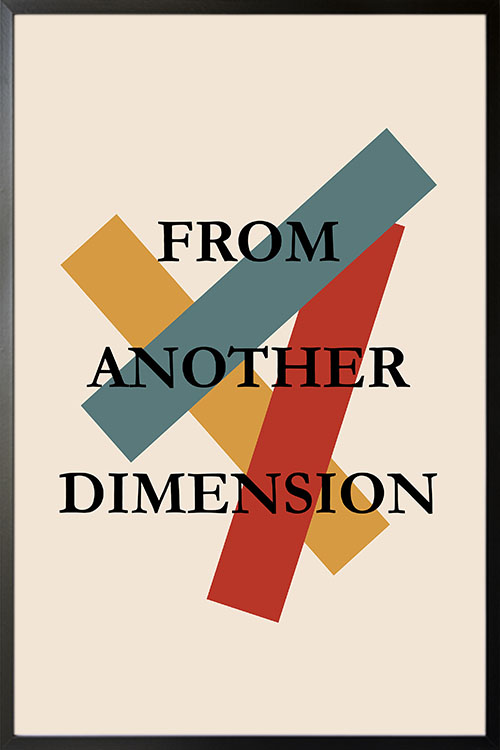
In a world full of clutter, be a breath of fresh air with this simple yet attractive poster design. It is perfect in any room as it creates a minimal and modern touch.

In a world full of clutter, be a breath of fresh air with this simple yet attractive poster design. It is perfect in any room as it creates a minimal and modern touch.

A small bedroom doesn’t have to feel cramped. You can transform your limited space into a cozy, functional retreat with creativity and planning. Here are some tips to help you make the most of your small bedroom:
The first step to maximizing your small bedroom is to declutter. While it may seem daunting, this process will bring a sense of relief and optimism. Remove any unnecessary items and keep only what you truly need. Consider storing seasonal items in a separate location to free up space. A minimalist approach can make your room feel more spacious and airy.
Opt for furniture that is both functional and space-saving. This choice is liberating, empowering you to take control of your space. Look for pieces with clean lines and compact designs. A platform bed or a bed with built-in storage can maximize floor space. Consider using a small nightstand or bedside table instead of bulky dressers.
Remember to look up! Utilize vertical space by installing shelves or a pegboard on the wall. This resourcefulness will give you a sense of accomplishment. These can store books, clothes, or decorative items. A headboard with built-in shelves is another great way to add storage without taking up floor space.
Let as much natural light into your room as possible. Keep windows clean and curtains or blinds open during the day. If your room lacks natural light, consider adding a floor or desk lamp to brighten the space.
A focal point can help draw attention away from your room’s small size. This could be a piece of artwork, a statement headboard, or a colorful accent wall. A focal point can make the room feel more visually interesting and less cluttered.
Mirrors can make a small space feel larger by reflecting light and creating the illusion of more space. Place a mirror on a wall opposite a window to reflect natural light. You can also use a full-length mirror to develop a sense of depth in the room.
Light, neutral colors can make a small room feel larger and brighter. Consider using white, cream, or light gray for the walls. Add pops of color with accent furniture, bedding, or artwork.
If you have the budget and the space, consider adding built-in storage solutions. This could include shelves, drawers, or a closet organizer. Built-in storage can be a great way to maximize space and keep your room organized.
Remember, a small bedroom can be just as cozy and functional as a larger one. By following these tips, you can create a stylish and practical space.
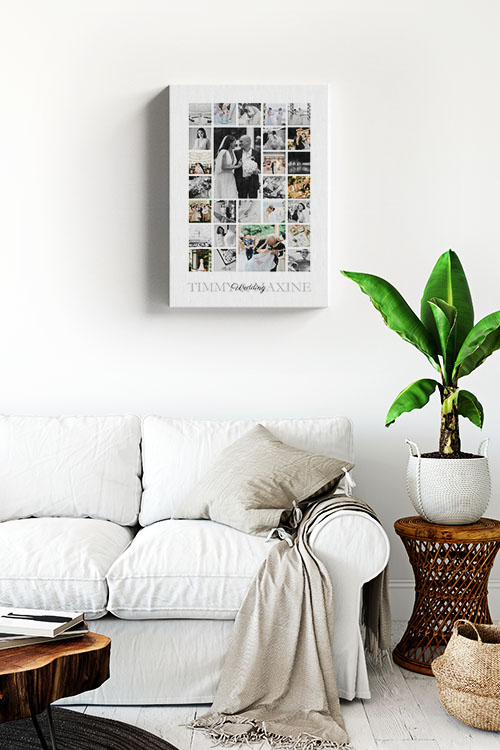
Clutter can quickly accumulate in our homes, creating a chaotic and stressful environment. But with a little effort and organization, you can keep your space clean and tidy. Here are some tips to help you declutter and keep clutter out of sight:
Following these tips can create a more organized and peaceful living environment. Remember, decluttering is an ongoing process, so be patient and consistent. With a little effort, you can keep your home clutter-free and enjoy a sense of calm and order.
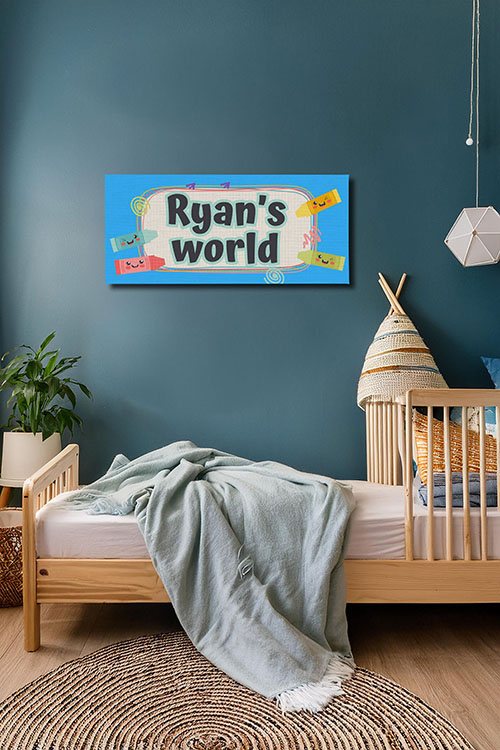
Decorating a small space can be challenging, but with the right approach, which involves maximizing functionality without compromising style, you can create a stylish and comfortable environment. Here are some tips to help you achieve this:
Following these tips, you can transform your small space into a stylish and comfortable environment you’ll love spending time in. Remember, focusing on functionality, simplicity, and personal touches is key.
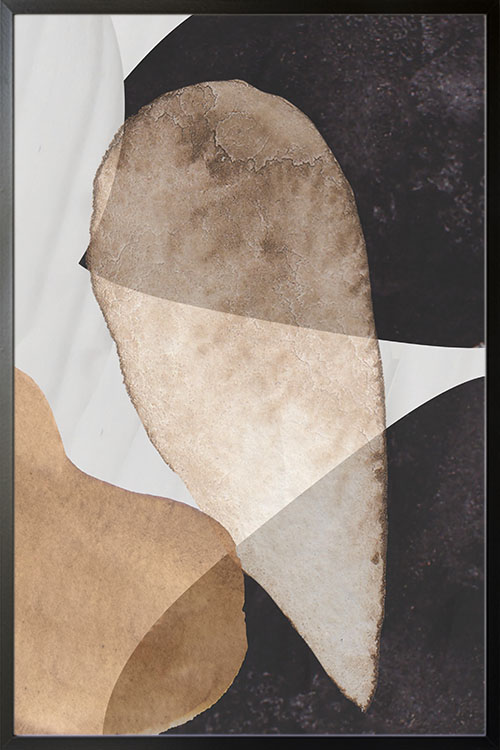
Texture is not just a tool but a transformative force in interior design. It can turn a mundane space into a captivating one, adding depth, dimension, and visual interest. This transformative potential should inspire you to experiment with texture in your living spaces.
Texture refers to an object’s physical surface quality. It can be smooth, rough, soft, rigid, or combined. It’s not just about how something feels but also how it looks. For example, velvet fabric might appear smooth, but its texture is soft and plush.
By thoughtfully incorporating texture into your interior design, you can create a space that is visually appealing, comfortable, inviting, and uniquely yours. This underscores the need for careful planning and consideration in the design process, ensuring that each texture serves a purpose and contributes to the overall aesthetic.
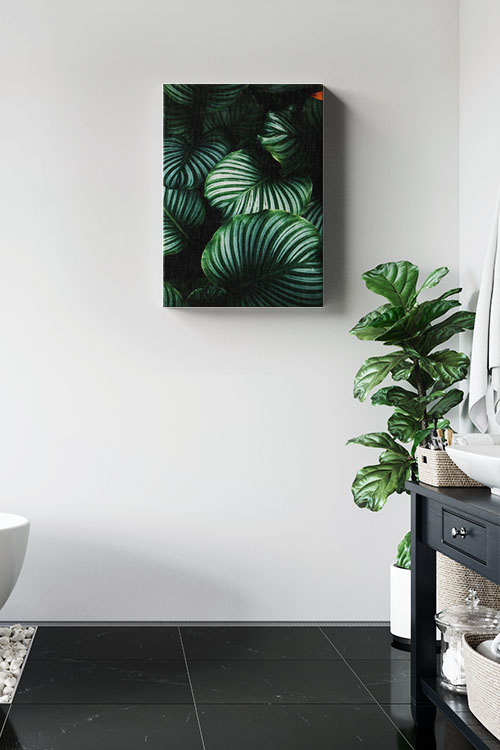
In today’s world, where environmental consciousness is paramount, even the smallest choices can significantly impact. Art, often seen as a purely aesthetic endeavor, can also be a powerful tool for sustainability. By empowering yourself to incorporate green design principles into your art print collection, you can contribute to a healthier planet while enriching your living space.
The foundation of green art prints lies in the materials used. Opt for recycled or FSC-certified paper, which reduces deforestation and minimizes the environmental impact of paper production. Use sustainable materials like bamboo, cork, or reclaimed wood when framing your prints. These choices not only look stylish but also support environmentally responsible practices.
Buying art prints from local artists can significantly reduce your carbon footprint. The shorter transportation distances involved in sourcing local art minimize the emissions associated with shipping. Moreover, supporting local artists contributes to your community’s vibrant cultural fabric and fosters a sense of belonging and shared responsibility.
Digital art offers a sustainable alternative to traditional prints. By eliminating the need for physical materials like paper and frames, digital art reduces waste and environmental impact. Additionally, digital art can be easily shared and accessed online, reducing the need for physical storage and transportation.
When selecting art prints, prioritize quality over quantity. Investing in high-quality pieces that will last for years reduces the need for frequent replacements. A minimalist approach to art can also help reduce clutter and the overall environmental impact of your collection.
Keep old frames or art prints. Repurpose them for other creative projects or pass them on to someone who might appreciate them. Giving these items a second life reduces waste and promotes a circular economy.
Beyond the materials and production processes, the content of your art prints can also reflect your commitment to sustainability. Consider pieces that depict nature, conservation efforts, or environmentally conscious themes. These prints can serve as visual reminders of the importance of protecting our planet.
By incorporating green design into your art print collection, you can contribute meaningfully to a more sustainable future. From choosing eco-friendly materials to supporting local artists and embracing digital art, there are countless ways to create a beautiful and environmentally conscious space. By making conscious choices, you can enjoy art’s aesthetic benefits and feel a sense of accomplishment in promoting a healthier planet for future generations.
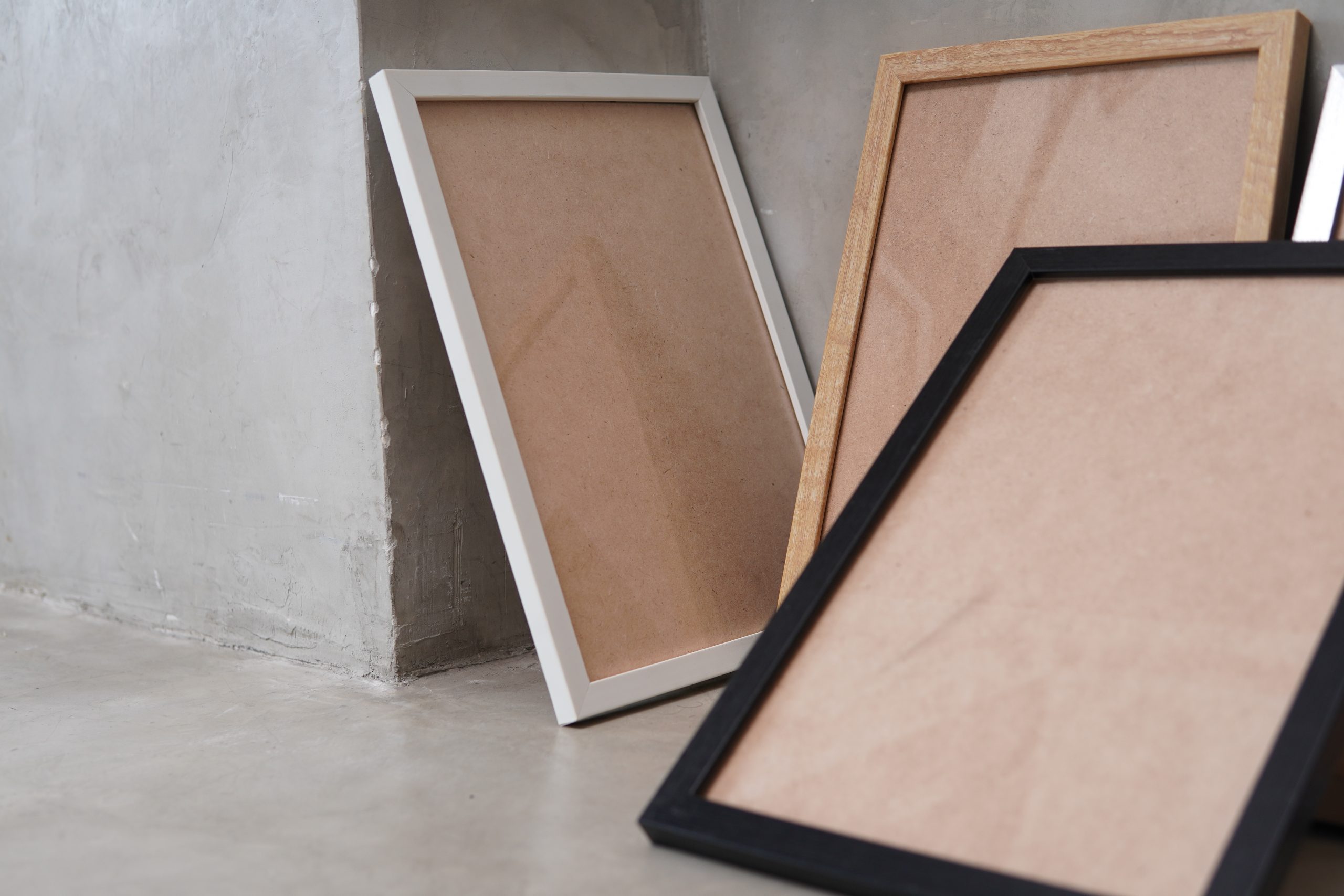
Posters and frames, with their timeless appeal, have been versatile tools for creative expression in homes and offices for centuries. They offer an affordable and flexible way to infuse personality and style into any space. This article will delve into the diverse world of posters and frames, sparking your creativity and offering tips for crafting the perfect combination.
Types of Posters
Posters, a canvas for diverse styles, themes, and sizes, offer possibilities. The options are endless, from high-quality art prints to captivating photographs, from the allure of movie posters to the nostalgia of vintage ones and the personal touch of custom designs.
Types of Frames
Frames come in a variety of materials, styles, and sizes. Some popular types of frames include:
Choosing the Perfect Combination
When selecting a poster and frame, aligning with the room’s aesthetic is crucial. A modern room, for instance, might be enhanced by a metal frame and a minimalist poster, while a wooden frame and a classic art print could complement a traditional room. This consideration will guide your choices and ensure a harmonious look.
Here are some additional tips for choosing the perfect combination:
Posters and frames can be a great way to add personality and style to any space. Following these tips, you can choose the perfect combination to create a beautiful and unique display.
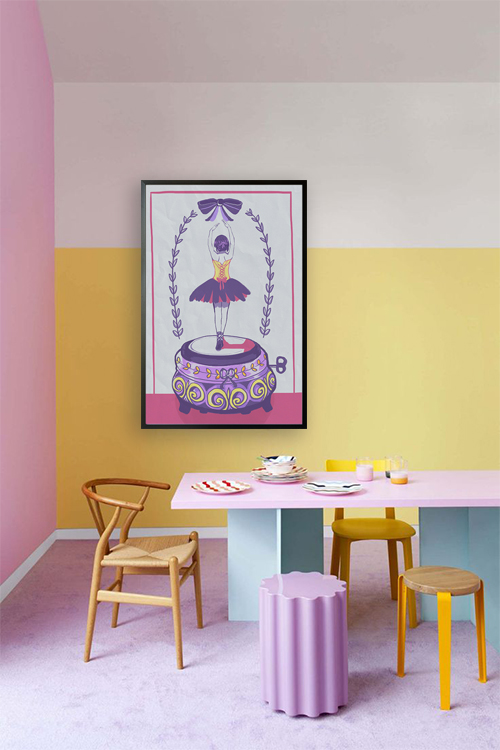
Wall decor, the unsung hero of interior design, has the transformative power to turn a room from ordinary to extraordinary. With a myriad of options available, the task of choosing the perfect pieces to complement your style can be daunting. However, this should not deter you, as the potential to elevate your space is immense. Here’s a look at some of the most popular wall decor trends currently making waves.
For those who appreciate clean lines and uncluttered spaces, minimalist wall decor is the perfect choice. Geometric shapes, abstract art, and monochromatic color palettes are crucial elements of this style. Consider large-scale murals with subtle patterns or a single statement piece of art to create a focal point.
Bohemian decor celebrates individuality, a canvas for creating a free-spirited atmosphere. Tapestries, dream catchers, and macramé wall hangings are popular choices, but the beauty of boho chic lies in its freedom of expression. Incorporate natural materials like wood, rattan, and jute for a genuine boho vibe. Don’t be afraid to mix and match patterns and textures for an eclectic look that truly reflects your unique style.
A gallery wall is a versatile option for showcasing a collection of artwork, photos, or mirrors. Use frames with consistent styles and colors to create a cohesive look. For example, you could choose all-black frames for a modern look or mix different frame styles in the same color for a more eclectic feel. Experiment with different layouts to find the perfect arrangement for your space, and consider using a common theme or color palette to tie the collection together.
Bringing the outdoors in is a popular trend, and incorporating greenery into your wall decor is a stylish way to do it. Consider hanging faux or real plants or wall-mounted planters to display your favorite succulents or ferns. For a low-maintenance option, try botanical prints or wall decals.
Metallic wall decor is a bold choice that adds a touch of glamour and sophistication to any room. Gold, silver, and copper are popular choices, but don’t be afraid to experiment with other metallic hues. Look for mirrors with ornate frames, wall sculptures with metallic finishes, or abstract art with metallic accents. Embrace the adventure and open your living space to new design possibilities.
Adding texture to your walls can create a visually exciting and tactile space. Use wallpaper with embossed patterns, 3D wall panels, or even exposed brick for a rustic look.
Personalization is key to creating a space that truly reflects your style. Custom-made artwork, family photos, and meaningful quotes can add a personal touch to your walls. Consider working with a local artist to create a one-of-a-kind piece.
When selecting wall decor, remember to consider the overall style of your room and the mood you want to create. Don’t be afraid to experiment and have fun with it!

The kitchen is more than just a place to cook; it’s often the heart of a home. Its walls offer a blank canvas to express your style and create a welcoming atmosphere. Let’s explore some ideas for transforming your kitchen walls into culinary masterpieces.
Before diving into the decor, consider your kitchen’s overall style. Is it modern, rustic, minimalist, or a vibrant eclectic mix? Your wall choices should complement this aesthetic. For example, a sleek metal wall sculpture would fit perfectly in a modern kitchen, while a collection of vintage plates would enhance a rustic charm.
A focal point can draw attention to a specific area of your kitchen. It could be a large piece of art, a striking window, or a unique architectural feature. Once you’ve identified your focal point, build the rest of your decor around it.
Remember, your kitchen is a space for spending time, cooking, and entertaining. The walls should reflect your lifestyle and bring joy to your everyday activities. By combining practical elements with decorative touches, you can create a functional and visually stunning kitchen.
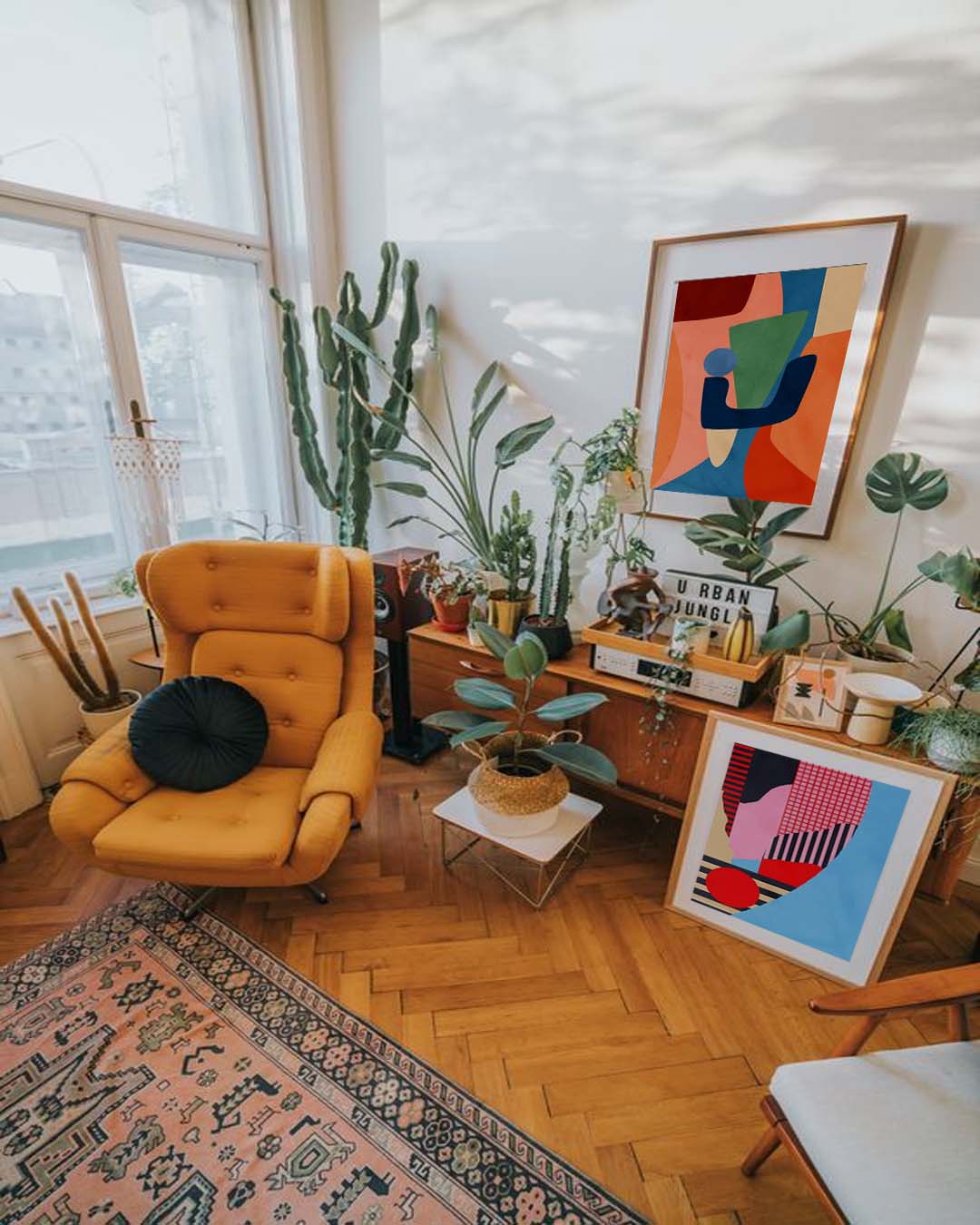
Eclectic interior design is a unique and dynamic style that draws inspiration from many sources. It is a style that truly showcases the homeowner’s personality, as it allows for blending contrasting elements into a cohesive environment. Characterized by its artistic freedom and personalized touch, the eclectic design reflects the homeowner’s tastes and experiences. This article will examine the essential aspects, benefits, and tips for achieving an eclectic interior design style.
Eclectic interior design is marked by its nonconformity; it defies traditional design principles by mixing historical, cultural, and stylistic elements. Unlike interior design styles that embrace uniformity, such as minimalism or modernism, eclectic design champions individuality. A space designed in this style might feature a combination of vintage furniture, contemporary art, global artifacts, and natural materials. The result is an inviting and visually captivating atmosphere where every piece tells a story.
Eclectic interior design celebrates creativity, individuality, and personal expression. By blending diverse styles, colors, and textures, homeowners can curate a visually engaging space and a true reflection of themselves. The beauty of eclectic design lies in its limitless possibilities, where every corner holds a story, evoking a sense of warmth and uniqueness that feels like home.